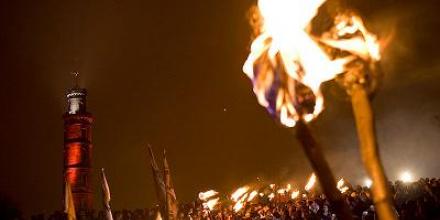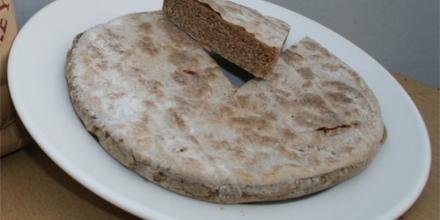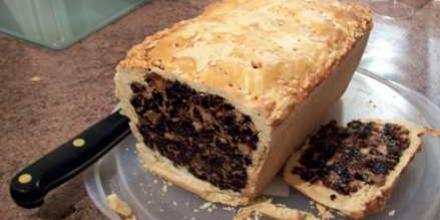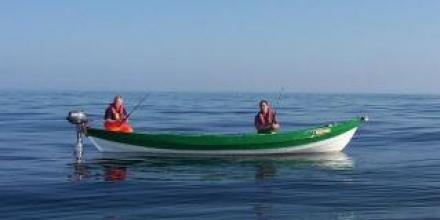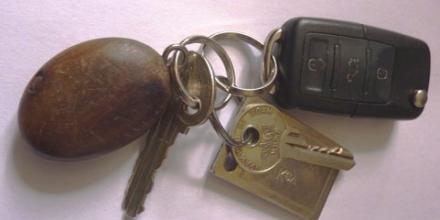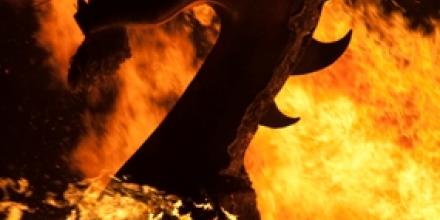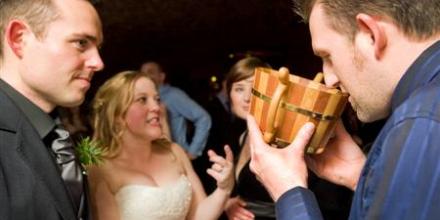Arbroath Smokies Angus Culinary Traditions Year round
Arbroath Smokies are a particular variery of smoked haddock. They originated in Auchmithie, a small fishing village a few miles north of Arbroath. The smoking technique is similar to one used widely in Scandinavia, which indicates probable Scandinavian origins of the villagers Tradtionally, the fish was smoked in halved barrels with fires underneath, trapping the smoke under layers of hessian sacking. With the decline of local fishing industry at the start of the 20th century, much of the local population ... Read More


